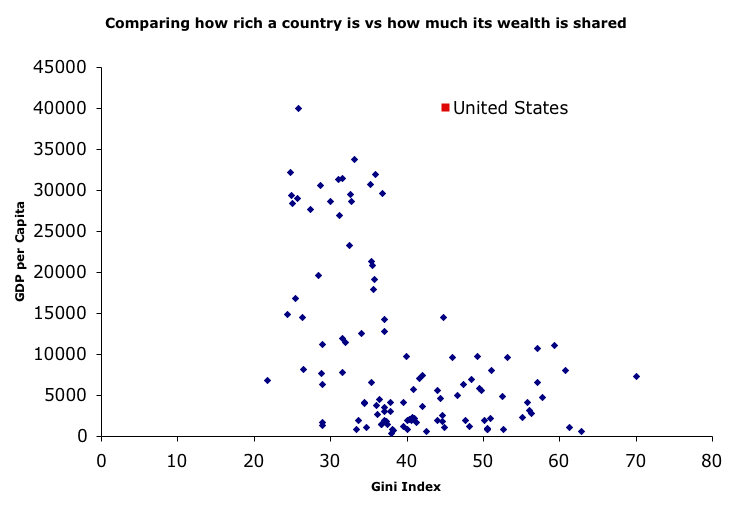For some reason I’ve become interested in energy storage. I seem to be thinking that storage is the nub of solving the problem of peak oil (et. al).
So, currently I’m reading Energy Storage: A Nontechnical Guide (isbn, worldcat) which was published in 2006. It’s a fun book for a geek. Fun, like reading popular science but a bit more serious. It focus is on the electric utility industry and it’s working premise is that something is about to happen in that industry which parallels a switch which occurred in the natural gas industry a few years back. The natural gas industry was deregulated so that a number of elements of the distribution system, storage included, were broken out in ways that created a bloom of different markets. The author Richard Baxter states that both before and after this change the natural gas industry managed to limit the cost and extent of new distribution pipelines because they used storage as a way to smooth load.
Un-bundling creates distinct markets for lots of different qualities. For example an electric distribution system needs to keep everything running at 60 Hertz, and some of these storage systems are useful for archiving that. Dependable steady power is another quality and these systems enable variable demand (such as daily or seasonal variation), variable supply (such as wind or tidal power), or distribution bottlenecks to be smoothed over. And then there is the usual buy low sell high scenarios where the storage systems enable market timing. The point is that these systems have lots of value generating scenarios that one might not notice at first blush.
There are only two schemes for storing huge amounts of energy; hydro and compressed air. The compressed air systems push the air into an underground storage cavity, usually a salt dome. Which is nice since they are easier to get permits for in developed regions, as contrasted with hydro-systems that sit on top of scenic mountain tops. I was surprised that the compressed air systems are implemented as complements to natural gas powered generating stations. Apparently a natural gas power generating station needs a lot of air, and it wants it under pressure; so absent a source of compressed air it spends some of it’s output to compress the air – 66% of it’s output!
Which brings us to this marvelous hack – the Iowa Stored Energy Park. This place deals in four kinds of energy. It has a large wind farm. It has a large compressed energy store. It has a large natural gas store. It makes electricity. The result is a marvel of arbitrage opportunities. Buying and selling across numerous markets. For example profiting on seasonal volitility in the natural gas markets. While at first blush you might think this thing is about smoothing out the wind energy produced by their wind farm I suspect that only time will tell what aspects of the operation are the most valuable. Baxter points out that there are profitable scenarios where compressed-air/natural gas electricity producers run both the compressors and the generators at the same time to selling frequency stabilization services. I suspect that their own wind farm is a demonstration, than that they can sell a smoothing service to all the other wind farms in the region.
Of course from here on in I’m going to think of my laptop battery as an energy park and yearn for a compressed air version.
